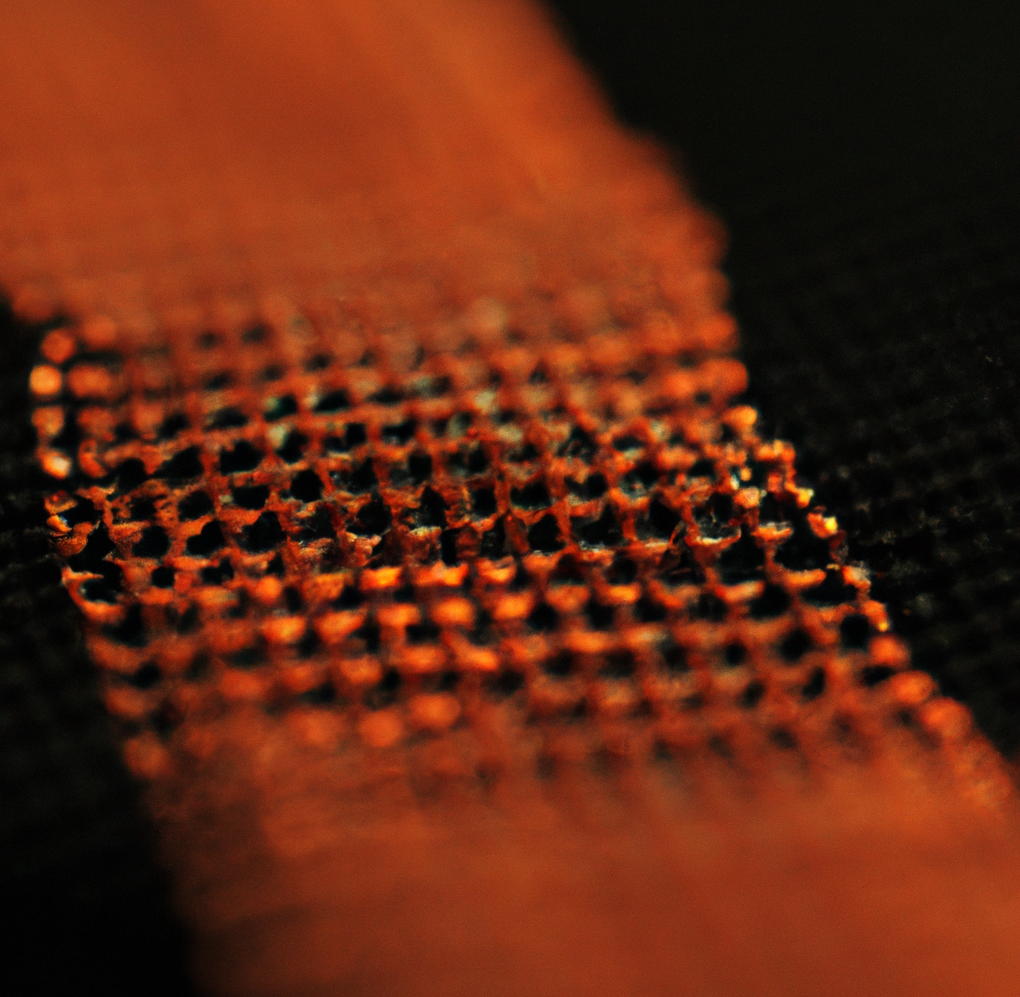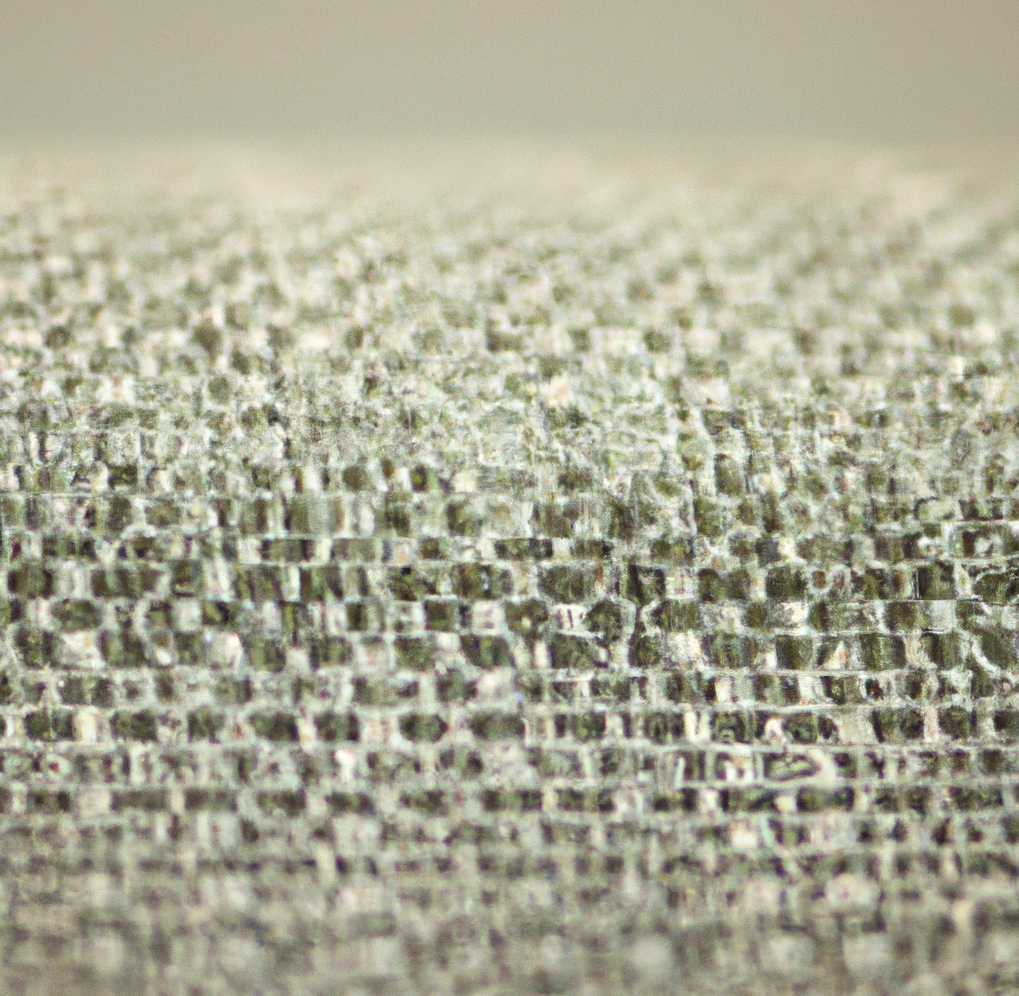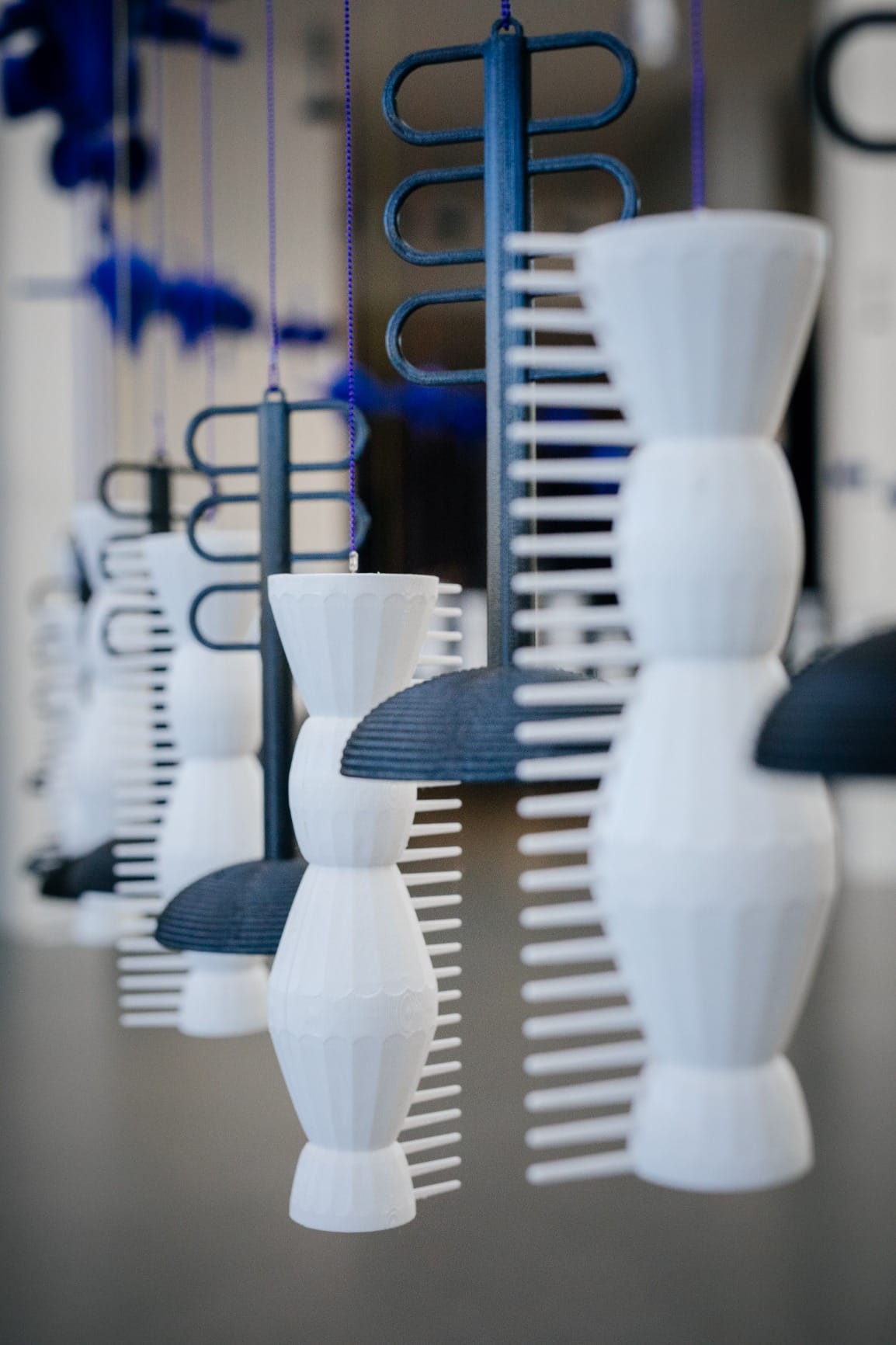In the dynamic arena where nanotechnology converges with fashion, a revolution is underway. Electronic textiles, also known as e-textiles, have emerged as a cutting-edge field that combines the power of nanotechnology with the versatility of textiles. In this article, we explore the exciting intersection of these disciplines and delve into the transformative potential of nanotechnology in shaping the future of fashion.
At the heart of this revolution lies nanotechnology, which allows us to manipulate materials at the atomic and molecular scale. Nanomaterials exhibit extraordinary properties that can be harnessed in textile manufacturing, enabling functionalities such as conductivity, sensing capabilities, and energy generation. By integrating nanoscale wonders into textiles, designers can create a new class of smart, responsive, and interactive fabrics.
Electronic textiles represent a paradigm shift in the fashion industry. These textiles seamlessly integrate electronic components, such as conductive fibers, sensors, and miniaturized devices, into fabric structures. The result is a fusion of technology and fashion, where garments can monitor vital signs, display information, or even interact with the wearer and the environment. Electronic textiles enable a whole new realm of possibilities, where clothing becomes an extension of our digital lives.

Nanotechnology plays a crucial role in creating functional fabrics that enhance our everyday experiences. Through the integration of nanomaterials, textiles can possess properties like conductivity, allowing for the integration of flexible electronics and wearable devices. Furthermore, nanocoatings enable fabrics to be water-repellent, stain-resistant, self-cleaning, and even resistant to bacteria, revolutionizing the way we think about durability and maintenance in fashion.
Nanotechnology-driven electronic textiles are propelling advancements in wearable sensors, revolutionizing the monitoring of health and well-being. Nanosensors embedded in fabrics can detect vital signs, such as heart rate and body temperature, providing valuable insights into our physiological state. These intelligent textiles have the potential to transform healthcare, sports performance, and everyday wellness, empowering individuals to monitor and optimize their well-being seamlessly.

The marriage of nanotechnology and electronic textiles also holds promise for sustainability in the fashion industry. Nanomaterials enable the development of energy-efficient and environmentally friendly wearable technologies. For instance, nanogenerators embedded in fabrics can convert mechanical energy from movement into electrical energy, powering small devices without relying on traditional batteries. This breakthrough paves the way for eco-conscious fashion that combines functionality, style, and a reduced environmental footprint.

The convergence of nanotechnology and electronic textiles presents a near awe-inspiring vision for the future of fashion. By leveraging the power of nanoscale materials and integrating them into fabric structures, designers are shaping a new era of smart, interactive, and sustainable fashion. From functional fabrics that enhance our everyday experiences to intelligent textiles that monitor our well-being, the possibilities are boundless. As nanotechnology continues to advance, we eagerly anticipate the emergence of even more groundbreaking projects that blur the lines between fashion, technology, and art, propelling us towards a future where clothing becomes a dynamic and transformative medium of self-expression.





